HAP Report
The Hourly Analysis Program (HAP) is a powerful and versatile software
tool widely used in the field of Heating, Ventilation, and Air Conditioning
(HVAC) engineering. Developed by the U.S. Department of Energy (DOE),
HAP is designed to facilitate the design and analysis of HVAC systems in
buildings. This comprehensive write-up delves into the key features,
applications, and benefits of HAP in HVAC engineering.
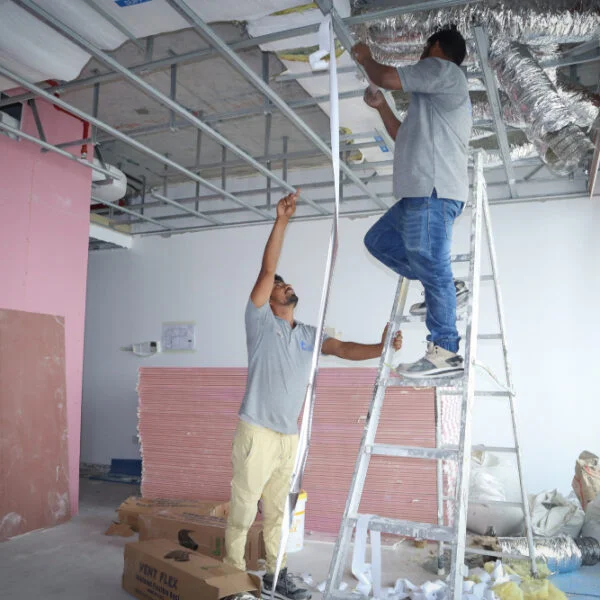
Key Features of HAP
- Comprehensive Load Analysis: HAP allows engineers to perform detailed load calculations for both heating and cooling in buildings.
- Energy Modeling: HAP enables the evaluation of the energy consumption of HVAC systems. It helps in selecting the most energy-efficient equipment and optimizing system performance.
- Diverse HVAC System Support: HAP supports a wide range of HVAC systems, including variable air volume (VAV), constant air volume (CAV), radiant systems, and more. This flexibility ensures that engineers can model and analyze various system types for different building requirements.
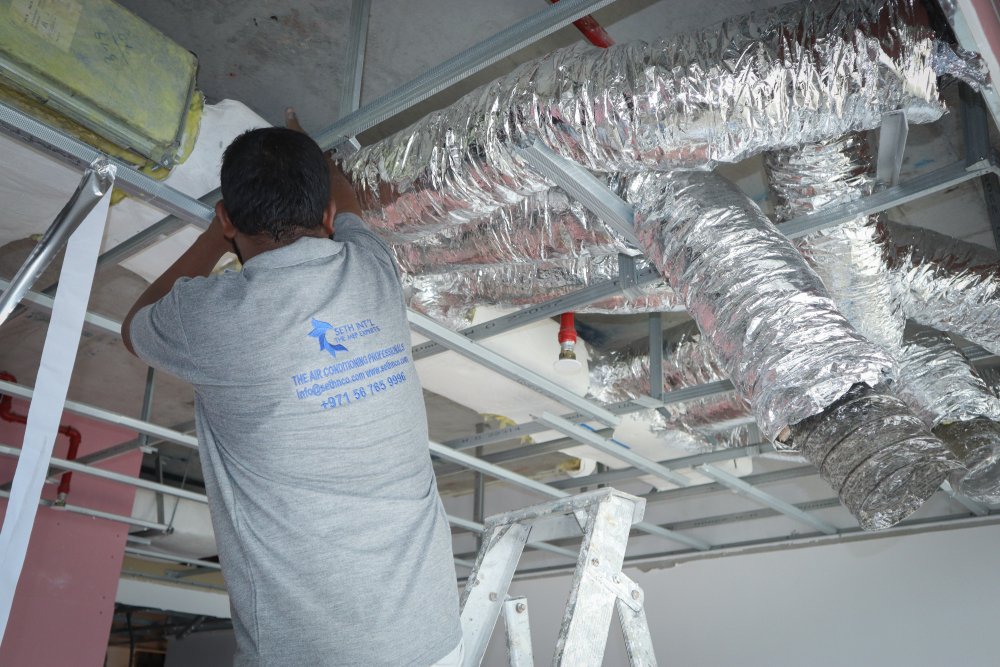
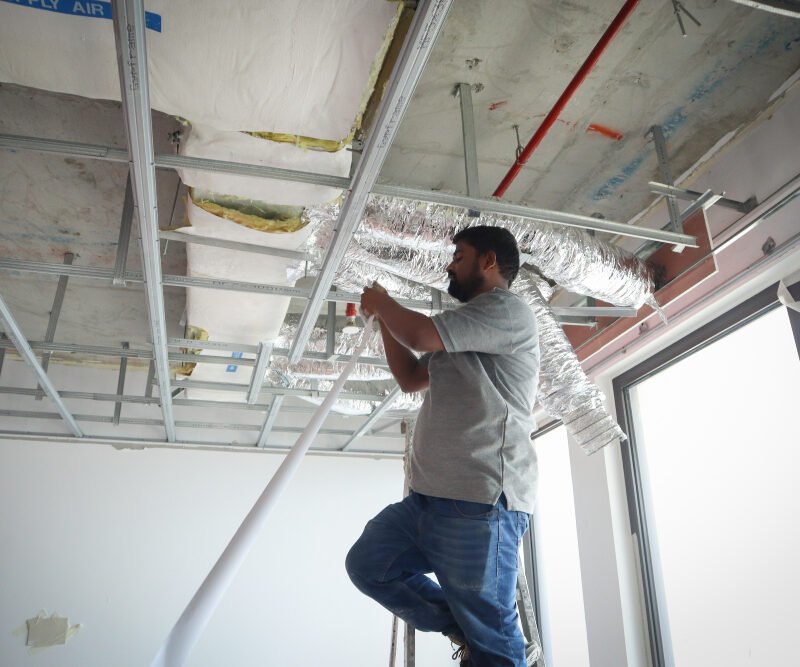
Applications of HAP in HVAC
- Design Phase: HVAC engineers and designers use HAP to determine the size and capacity of HVAC equipment, select appropriate systems, and ensure the building’s indoor environment meets comfort and energy efficiency standards.
- Energy Modeling: HAP is crucial for energy modeling, allowing engineers to estimate the energy consumption and costs associated with HVAC systems. This information is vital for sustainable and green building designs.
- Renovation and Retrofitting: When renovating or retrofitting existing buildings, HAP can be used to assess the impact of system upgrades, helping to make informed decisions for improved energy efficiency.
- Load Balancing: HAP helps in balancing the loads within a building, ensuring even temperature distribution and preventing overloads on specific systems or zones.
Benefits of HAP
- Precision and Accuracy
- Energy Efficiency
- Time and Cost Savings
- Compliance
- Improved Comfort
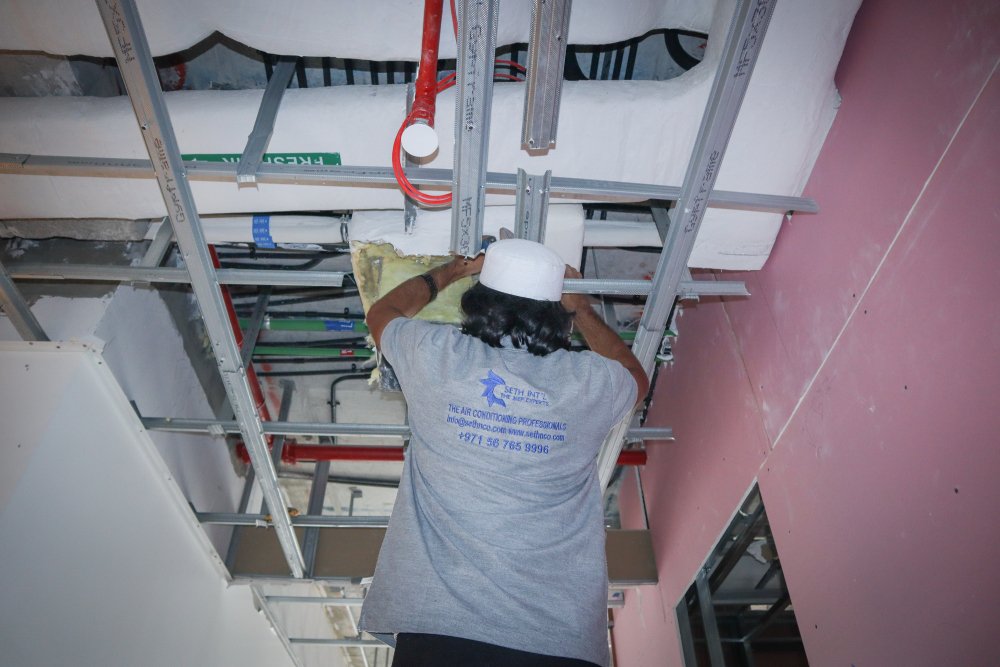
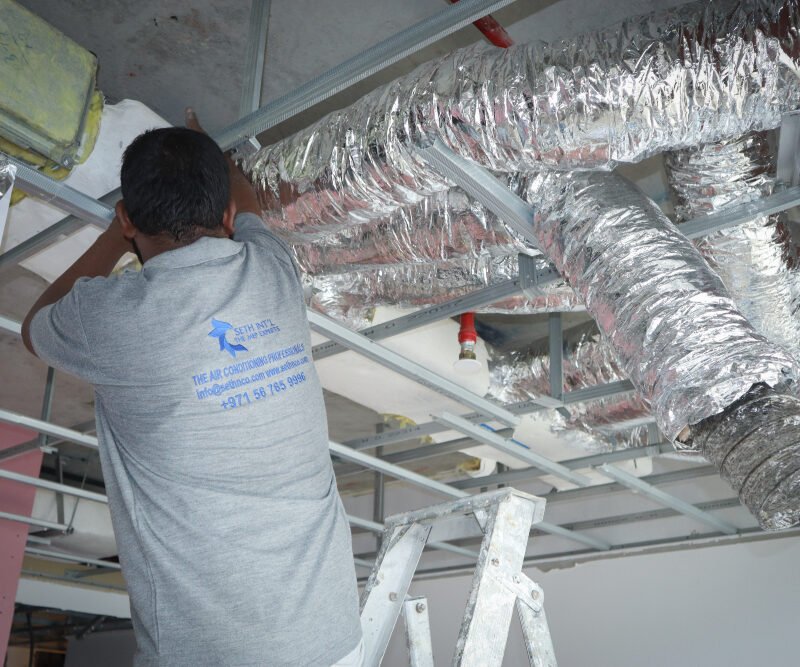
The Hourly Analysis Program (HAP) plays a pivotal role in the HVAC
industry, offering engineers a comprehensive tool for designing and
analyzing HVAC systems. Its ability to provide precise load calculations,
energy modeling, and compliance with industry standards makes it an
invaluable asset for engineers, architects, and building owners seeking to
create energy-efficient, comfortable, and compliant indoor environments.
With its continued development and integration into the field, HAP
remains a cornerstone of modern HVAC engineering.
